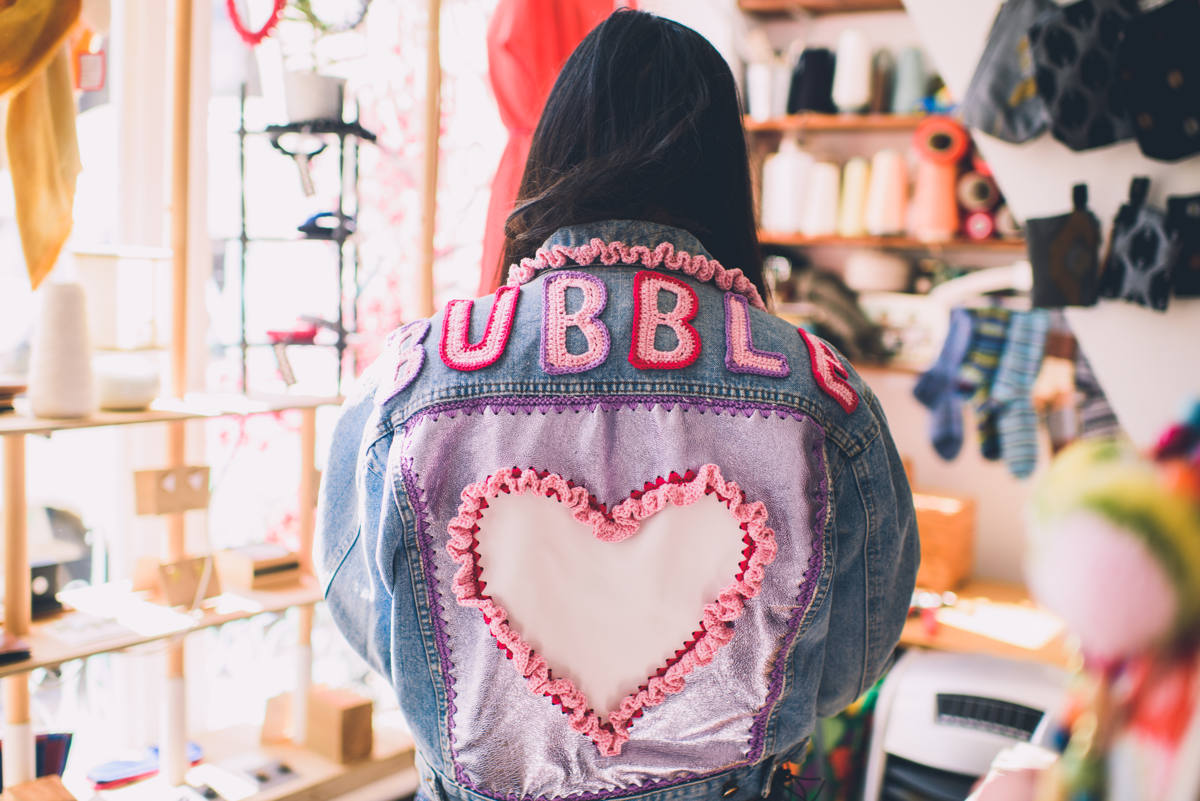
Consumers want more transparency and action from fashion brands
We started the year with a lot of good news in the fashion industry. With more and more awareness, thanks to the bigger information that we users, NGOs and governments manage, 2019 comes as the year in which finally trends and intentions are crystallized in reformed behaviors, in more activism and in clear demands from users that are throwing light where there was darkness before.
Only one aspect seems to slow down the process, and it is the inaction of those who make laws and control them, and of the big players who are taking too long to improve their structures and practices. The good news we have inherited from 2018 is that it has become impossible for brands to hide bad practices under the carpet.
It is no longer possible, or at least it is not so easy, to keep their users in the dark, or to manipulate them with low marketing strategies. It is the same public that is demanding greater transparency from the industry, and a legal framework according to the circumstances on the part of governments.
The NGO Fashion Revolution, which works for more transparency in the fashion industry, unveiled just before Black Friday, the results of a survey conducted to discover how transparency and sustainability of the supply chain affect purchasing decisions of consumers when they look for clothes, accessories and shoes.
The objective was also to understand what information consumers want brands and retailers to share about their social and environmental impacts, and what role they think governments and laws must comply with to ensure that clothing is produced in a sustainable manner.
This is the first large survey commissioned by the NGO Fashion Revolution, and ir was carried out by Ipsos MORI, an expert in opinion research and global market. The survey was conducted online, to 5,000 people between 16 and 75 years in the five largest European markets: Germany, United Kingdom, France, Italy and Spain.

Some results may surprise
Let’s see some conclusions of the report:
The results show that consumers place responsibility on both brands and governments to ensure sustainable production and that key issues such as global poverty, fair wages, environmental protection, climate change and gender inequality are being addressed. Most people think that governments play a crucial role in ensuring that clothing is made in a sustainable manner and that brands disclose information about how garments, shoes and accessories are manufactured, with which suppliers they are working, and if they are having socially and environmentally responsible practices in their supply chains.
Now let’s see which topics are more relevant to the surveyed:
The survey reveals that more than one in three people consider social (38%) and environmental (37%) impacts when buying clothes, accessories and shoes. And the vast majority of people would like to know more about where garments are made and who makes them, and how brands are addressing social issues and environmental issues:
- 80% of consumers think that fashion brands should publish the factories where they produce.
- 67% of people would like fashion brands to tell them where the materials used in their products come from.
- The issue about control and guarantee by the government about the sustainability of brands and their products occupies 68% of respondents, and 77% is concerned that brands are required by law to respect human rights for everyone involved in the manufacture of their products.
- More people (39%) responded that buying clothes (including shoes and accessories) made byworkers paid fair, living wage was more important than any other issue.
- 72% of people said that fashion brands should do more to improve the lives of women who make their clothes, shoes and accessories.
- A fact no less important, that tells us about priorities in the scale of problems to deal with, is that when it comes to buying clothes, accessories and shoes, more people worry about workers who are paid with just and dignified wages (39%), working in safe conditions (31%), and for environmental protection (37%) without harming animals (30%), that about whether production is local (10%) or made from recycled materials (6%) .




At the beginning of December, 2018 left us with the last good news. It was thanks to Accenture Strategy’s latest global survey of nearly 30,000 consumers in 35 countries, which indicates that all optimism today has a credible basis. According to the survey, two-thirds of consumers around the world prefer products from companies whose purpose “reflects their personal values and beliefs”. Accenture found that 62 percent of them want companies to take a position on current and relevant issues such as sustainability, transparency and fair employment practices. The fact that fashion appeals to our sensations, our emotions and our instinct, combined with all the information we handle today, has been the perfect combination to awaken more responsible sensibilities.
Cyrill Gutsch, founder of Parley for the Oceans (dedicated to preserving the oceans and eliminating plastic), said: “ [Fashion] has a big role to play in environmentalism, because it [speaks to] people on an emotional and instinctual level. It speaks to desire and beauty, and allows us to convey this very serious message about the fragility of the planet in a way that isn’t preachy. It’s positive. And it’s fast”. If we add to this the fact that it is increasingly easy for users to access options and opt for practices with less or no negative impact on the planet and people, the changes are not only imminent, but also logical.
While more and more people understand that their combined actions (or inactions) can generate massive changes and have massive consequences, the step that many of us are waiting for, the one that is delaying the most, is the development and implementation of legal frameworks that effectively regulate business practices. This must start from the recognition of the existence of modern slavery and the destruction of the environment as a punishable crime. This new legal frame is needed in the countries where big, transnational companies have their base and where their decision making is done.
+ info: Fashion Revolution
+ words: Mariángeles Aguirre. She is Upcycling, Designer and founder of tHERAPY Recycle & Exorcise & Head of Social Media Fashion Revolution Germany / Future Fashion Forward e.V.








